Topics:
Never Miss a Beat - Get Updates Direct to Your Inbox
FILTER:
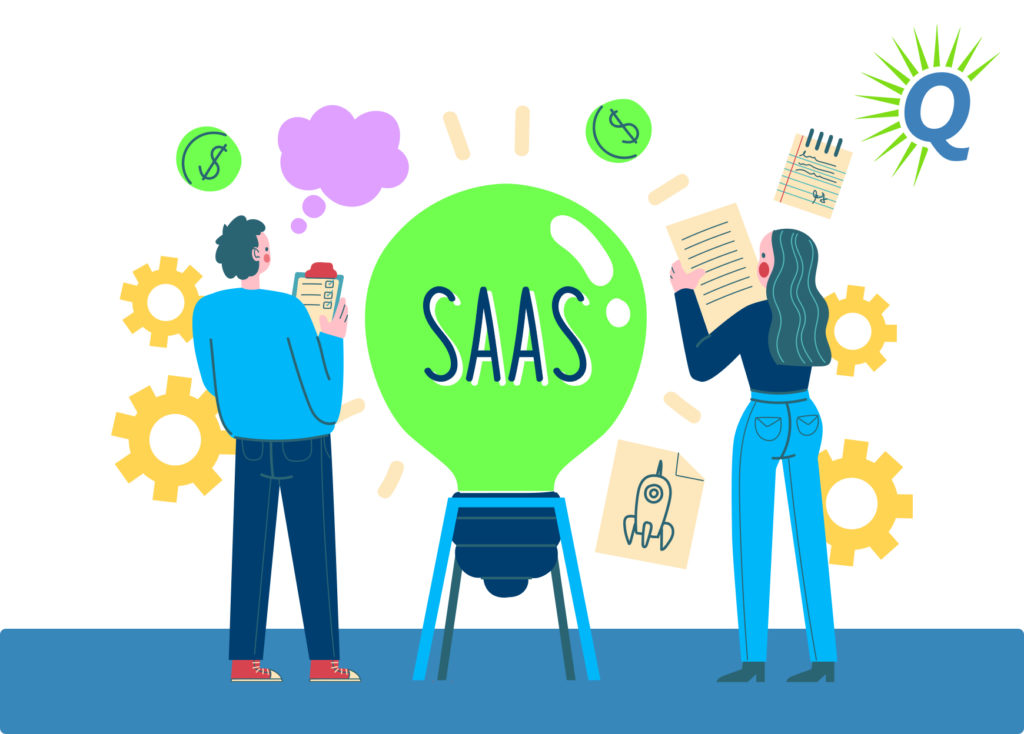

5 Tips for Scaling a SaaS Business
By Ian Drogin
There are a lot of moving parts involved in scaling a SaaS business. As you progress beyond the startup stage, you are forced to adopt new processes and ways of doing things.
The added complexity of a growing SaaS or MSP business presents challenges for many owners. Some find themselves responsible for management tasks that they’re not prepared for. Others realize they’ll need to uncover new marketing strategies to maintain profitability. Regardless of your unique strengths and weaknesses, it’s safe to say that you’ll need to grow and adapt as you scale your SaaS business.
This article will discuss five important tips for scaling your SaaS business effectively and sustainably. We’ll all address the question about when you should choose to scale.


When to Scale a SaaS Business
Some SaaS founders have a false belief that growth is always the primary goal. While growth is important, it’s also important to know when you should and should not focus on growth.
You should only focus on scaling a SaaS business after you have validated the core elements of your business model.
During the early stages, it’s common for a SaaS or MSP business to have unanswered questions regarding its technology, sales process, and other important elements. In fact, it’s impossible for a business to not have questions in these areas.
“You should only focus on scaling a SaaS business after you have validated the core elements of your business model.”
When you’re starting a SaaS business, you should focus on optimizing all aspects of your business model before seeking to scale.
A few key areas of your business to focus on include:
- Customer feedback
- Product development and improvement
- Sales efficiency
- Conversion rate optimization
- Customer retention
- Billing system processes
The early stages of SaaS are all about building a winning product, profitable customer acquisition process, and ensuring customer loyalty.
If you focus on scaling before establishing a proven business model, there’s a good chance you’ll run into trouble. For example, if you invest heavily in acquisition efforts without knowing your average customer lifetime value (CLV), you won’t be able to establish an acceptable acquisition cost. In turn, that leaves you shooting in the dark, hoping that your marketing spend will come back to you.
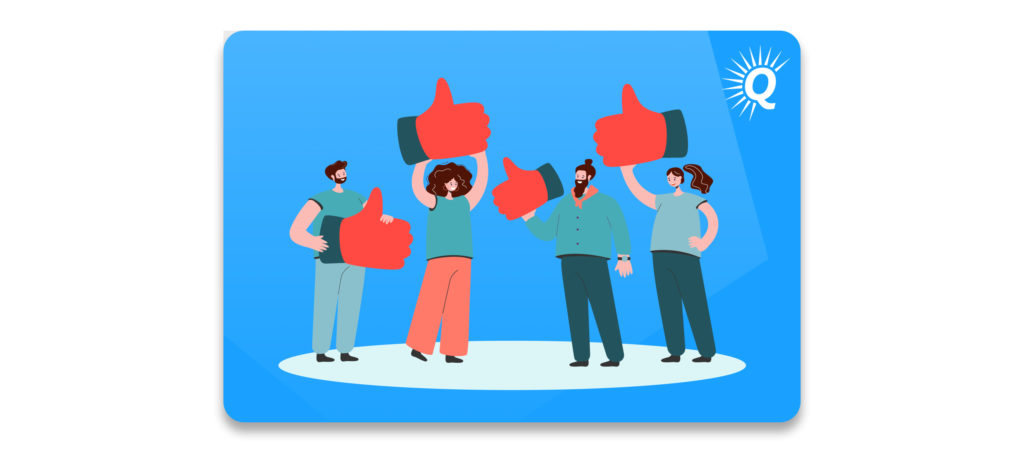

On the other hand, if you wait until you have a proven business model before scaling, you’ll have a much better chance of success. As you scale, you can continue focusing on funnel optimization strategies and other core improvement processes.
Framework for Scaling Your SaaS Business
Before diving into the specific strategy for scaling, it’s important to have a solid framework in place.
To establish a framework, many SaaS and MSP founders seek to create clarity in the following areas:
- Team and responsibilities
- Key metrics
- Budget and financing
Thinking of Selling Your Business?
Get a free, individually-tailored valuation and business-readiness assessment. Sell when you're ready. Not a minute before.
Build a Winning Team
Like in most businesses, your team is your most valuable asset as a SaaS founder. Without them, it’s impossible to scale.
To prepare for success, you should surround yourself with competent people. Don’t cut corners with this step! Instead, make it a priority to hire the best talent in each area that you need support.
“To prepare for success, you should surround yourself with competent people. Don’t cut corners with this step!”
In general, you’ll want to look for individuals who have a strong record of success in SaaS marketing, content marketing, product development, sales, finance, and other key areas. By creating a strong development, sales, and marketing team, you’ll be well on your way to establishing a great framework for your scaling activities.
Buy a Profitable Online Business
Outsmart the startup game and check out our listings. You can request a summary on any business without any further obligation.
Establish Your Key Metrics
Another step in creating your startup growth framework is to establish key metrics. These are the indicators that tell you whether you’re making progress, or whether you’re stuck.
A few critical SaaS metrics include:
- Customer Acquisition Cost (CAC)
- Months to Recover CAC
- Lead-to-Customer Rate
- Customer Churn
- Revenue Churn
- Customer Lifetime Value
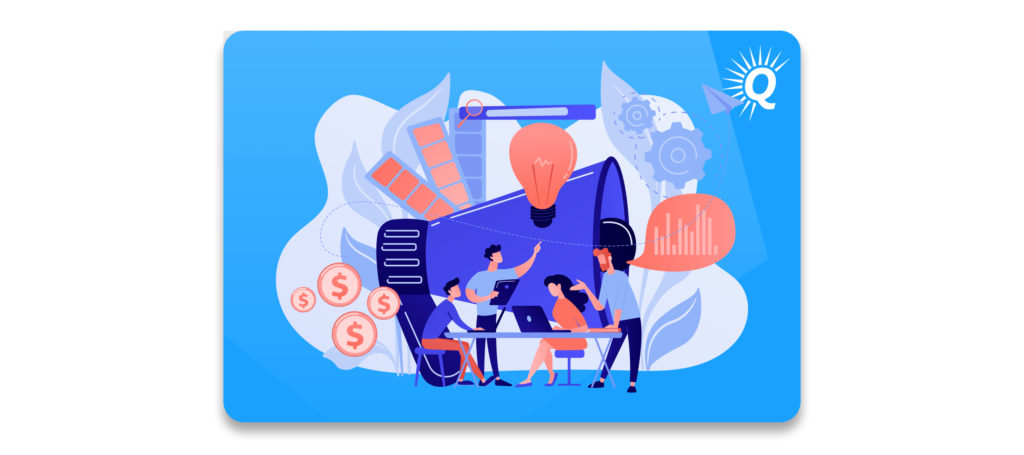

By identifying each SaaS metric that matters in your business, you can create a strategy that takes them into account. Additionally, you can set up a system to track those metrics in order to continually improve and optimize.
How Are You Financing Your SaaS or MSP Business?
Of course, it’s important to know how you intend to finance your scaling activities. Have you set aside some of your own funds for growth activities? Have you taken out a loan? Do you have investors? Can the SaaS business fund its own growth?
“When you establish your budget, be sure to account for all of the activities required to grow your business, and then some.”
This may seem obvious, but it’s always a good idea to have a clear financing plan in place before moving forward.
When you establish your budget, be sure to account for all of the activities required, and then some. Even if you can achieve product led growth, you’ll likely still need to invest in inbound marketing, and buyer persona research. Be sure to allocate a budget for each.


5 Steps to Success When Scaling a SaaS Business
Once you’ve established your scaling framework, it’s time to dive in and take action. For all SaaS businesses, there are a few key steps that can significantly help with growth.
- Refine your marketing and sales processes
- Improve customer satisfaction and retention
- Expand to adjacent markets
- Implement a referral and affiliate program
- Utilize integration marketing
1. Refine Your Marketing and Sales Process
Marketing and sales drive all businesses, including SaaS and MSP companies. In order to scale, you’ll need to increase your reach and grow your sales capacity.
If you already have a profitable acquisition channel (which you should, if you’re scaling) you’ll want to double down. If Facebook ads, YouTube ads, or other social media have proven to be effective, you should certainly invest more heavily on those platforms. Additionally, you should explore new marketing channels that you haven’t yet mastered.


“Marketing and sales drive all businesses, including SaaS companies.”
When it comes to sales, focus on optimizing and growing all aspects of the process. If you’ve been tracking customers or clients on a spreadsheet, consider using a CRM to systematize your SaaS sales. When your sales capacity is challenged, make sure you’re ready to bring on additional staff.
2. Improve Customer Satisfaction and Retention
Always seek to do better by your customer. Not only is it the right thing to do, but it will also ensure that you maintain a healthy retention rate.
There are two significant ways in which you can seek to improve customer satisfaction:
- Improve your customer service and support
- Use feedback to inform product decisions
Most successful SaaS companies are great when it comes to customer success. If you want to succeed, make sure you have people and systems in place to deliver exceptional service and support.
“If you want to succeed, make sure you have people and systems in place to deliver exceptional service and support.”
More than likely, you’ll want to build a customer success team to manage all customer relationships. This includes responding to technical questions, SaaS pricing inquiries, and any other questions that arise. When done correctly, your customer success operation will increase customer retention.
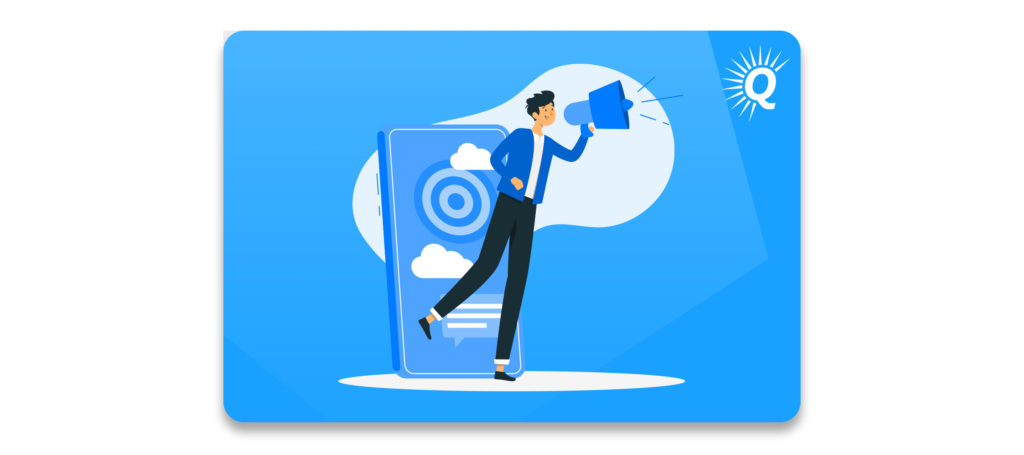

3. Expand to Additional Markets
If you’re selling in one geographical location, consider expanding your reach. Likely, a SaaS business model that works in one place will work in another.
If you’re selling in the U.S. and Canada, it might be a wise decision to enter Europe, Australia, or New Zealand. Of course, doing so will require you to comply with the laws, practices, and tax requirements.
It’s important to note that you probably should wait on expanding geographically until your sales, marketing, and customer success processes are dialed in.
4. Implement Referral and Affiliate Programs
Utilizing referral and affiliate programs can be one of the most effective scaling strategies for many SaaS businesses.
Once you’ve created a considerable customer base, you should consider leveraging your existing customers. If you’ve done things right, you’ll have a sizable audience of raving fans. If you incentivize them through a referral program, they’re sure to send you more great customers.
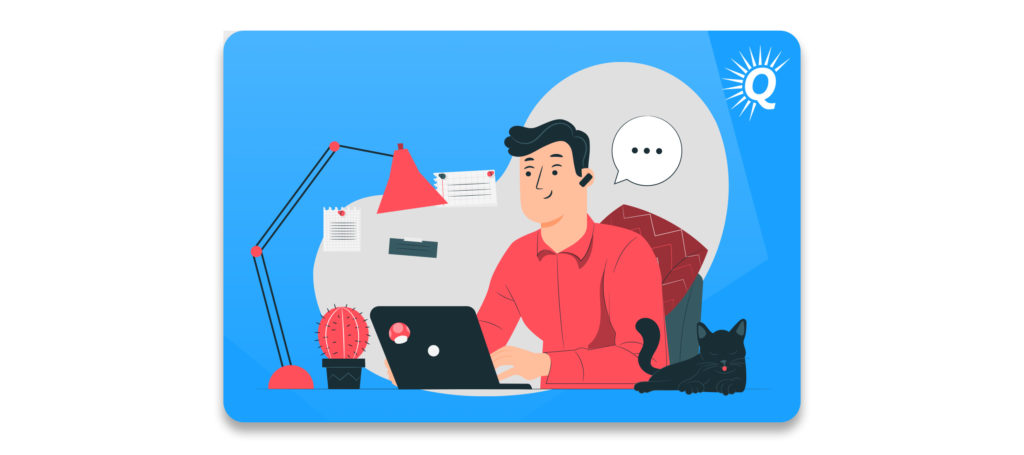

Similarly, affiliate relationships are a great way to reach new customers. With a proven acquisition strategy, it shouldn’t be hard to find willing affiliates. If you set up a program offering competitive commissions, you can create a network of affiliate partners who will promote your company.
5. Utilize Integration Marketing
Integration marketing is the process of reaching new customers by complimenting another software product. For example, if you offer an inventory management program and are able to appear in Shopify’s app library, there’s a good chance that you’ll receive substantial exposure through Shopify.
To utilize integration marketing, seek to integrate your products into other apps or programs offered by different vendors. This will grow your exposure and increase the incentives for new customers to use your app or program.
When used together, these five scaling tips can help you capitalize on the subscription revolution that is fueling SaaS companies everywhere.
Tools for Scaling Your SaaS Business
As a SaaS founder, you know that the right tools can provide immense value. Not only can they make things easier and more efficient, but they can also improve the quality of work that is completed.
When scaling your SaaS business, you need the right set of tools at your fingertips. While each company has its own set of needs, there are a few simple tools that are helpful for most. These include:
- Slack
- Calendly
- Cloze
- ClickUp
- Asana
- Grammarly
- Wistia
- Bill
“When scaling your SaaS business, you need the right set of tools at your fingertips.”
Using Slack When Scaling Your SaaS Business
Slack provides a simple and effective way to communicate within organizations of all sizes. When used effectively, it cuts out the chatter and makes it easy to engage in many conversations all at once.
One of the great features of Slack is that it allows you to create dedicated teams (a.k.a. channels). Within a given channel, members can communicate about a specific task or project. Within another dedicated channel, they can discuss a separate task or project. Those who are involved in multiple projects (e.g. you, the owner) can jump between channels quickly and easily.
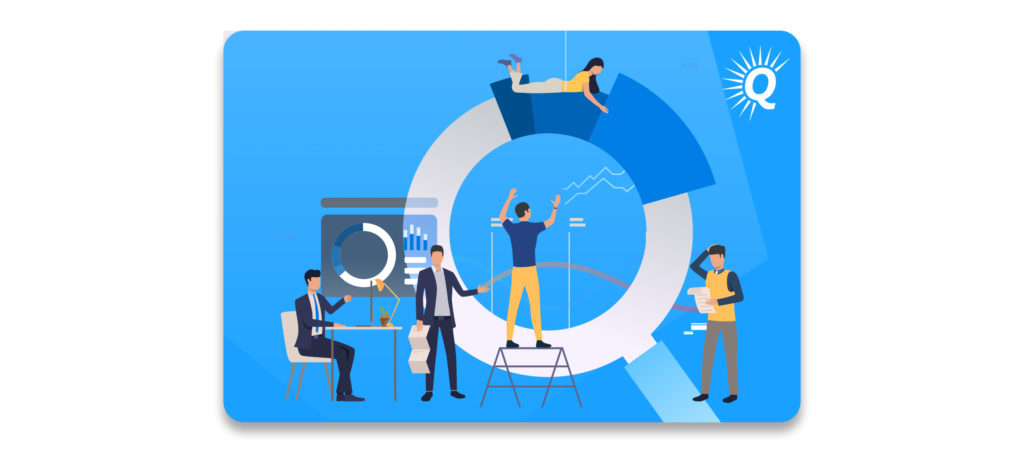

Calendly
Calendly is a great way to make scheduling quick and easy. Because it’s updated in real-time, you don’t need to worry about double-booking your schedule or coordinating with multiple parties at once.
Calendly can be used for scheduling meetings both with team members as well as clients and customers.
Cloze
Cloze is an effective customer success tool that allows you to easily track email communication. It provides excellent customizability so you can easily create multiple customer journeys within the SaaS tool. When used wisely, it can help you greatly improve your customer experience for each new customer and all existing customers.
ClickUp
ClickUp allows you to easily create unique or repeatable processes for individuals and teams. It also allows you to assign tasks to different individuals, along with due dates. Because it has an intuitive interface, it’s extremely easy and straightforward to use.
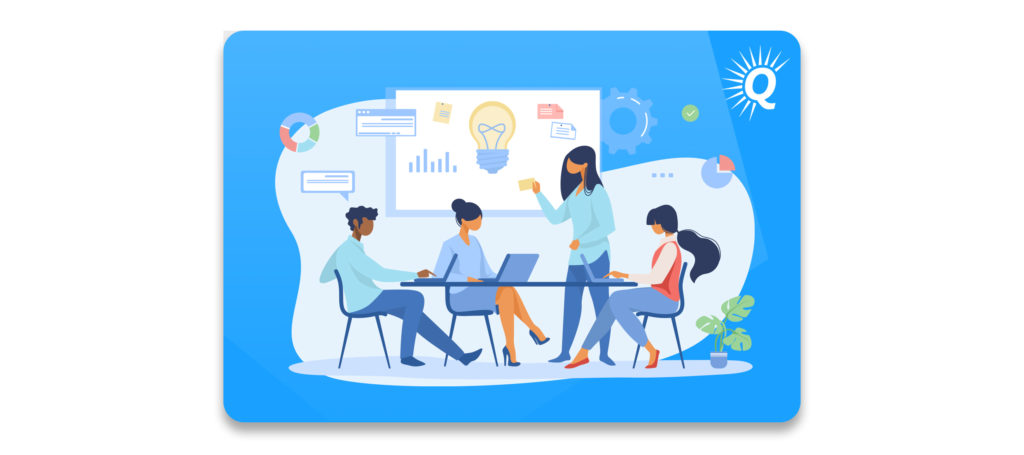

Asana
Asana is similar to ClickUp in many regards, but it certainly has some different features and characteristics. Although it’s not specifically a customer success software, it can help teams improve their customer service protocols and processes.
Grammarly
Any company that writes marketing copy (which everyone) should have Grammarly.
Grammarly picks up almost all spelling and grammar errors that writers produce. It also provides a compelling alternative copy to ensure that your message is well communicated. You can use it for web pages, emails, articles, and more.
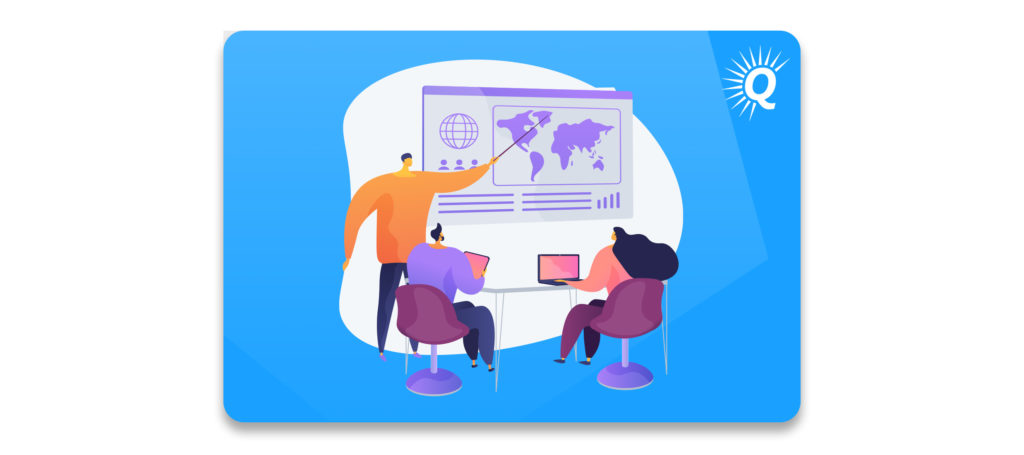

Wistia
Wistia is a great place to host videos. Whether it’s for training tutorials or social media marketing purposes, it can provide hosting and embedding capabilities. It’s also quite affordable.
Bill
Invoice2go can help you easily pay employees and contractors. By integrating with various payment methods, it allows you to send, receive, and manage your team’s billing requirements.
Although these tools won’t build your business for you, they can certainly make the process easier. They’re also one of the smaller SaaS investments that really have a significant impact.
When combined, the strategies shared here amount to a set of growth hacks that can help you scale your SaaS business with clarity and confidence. By following these steps, you’ll be well on your way to successfully scaling and selling your SaaS business.
Thinking of Selling Your Business?
Get a free, individually-tailored valuation and business-readiness assessment. Sell when you're ready. Not a minute before.





